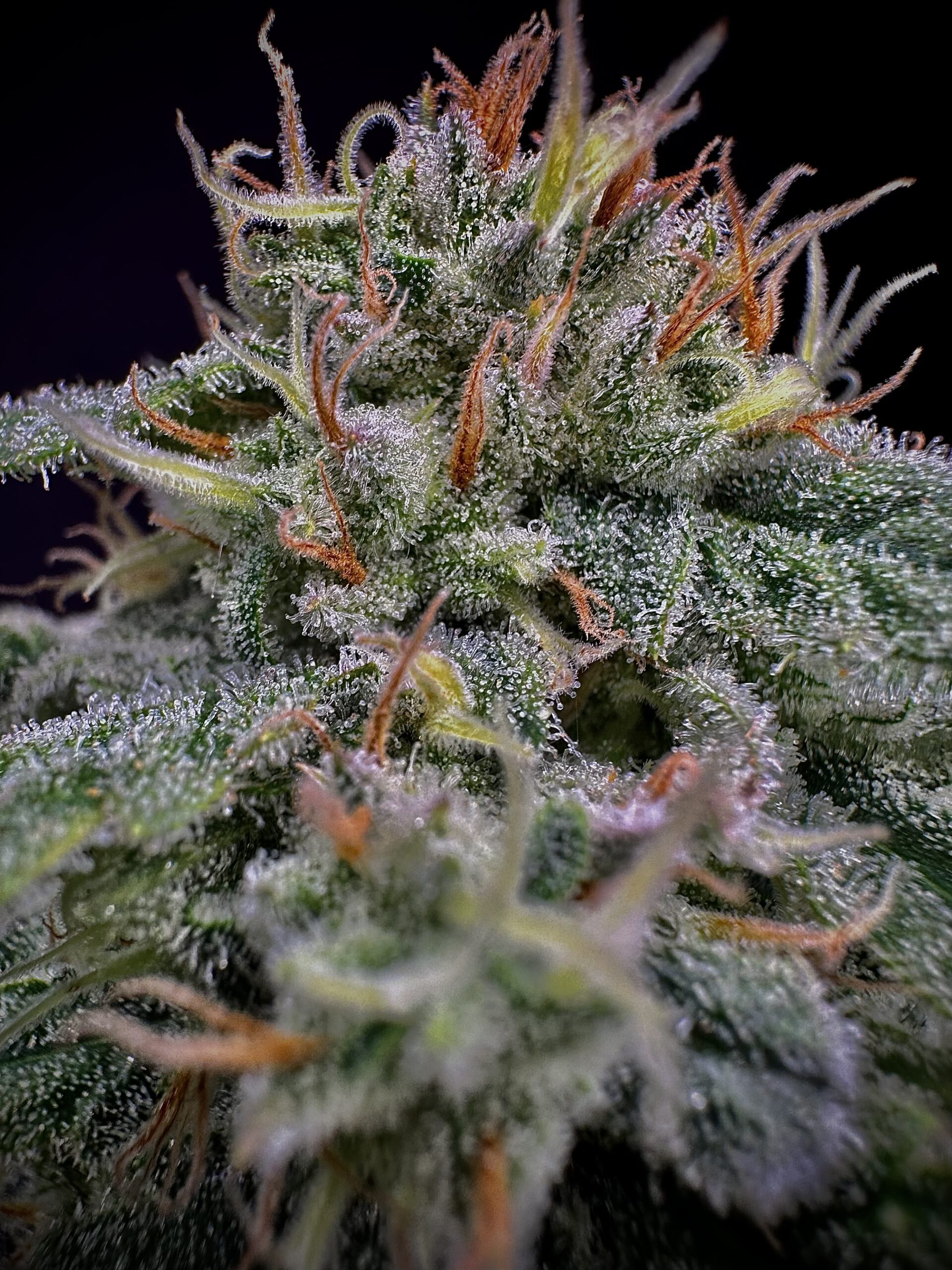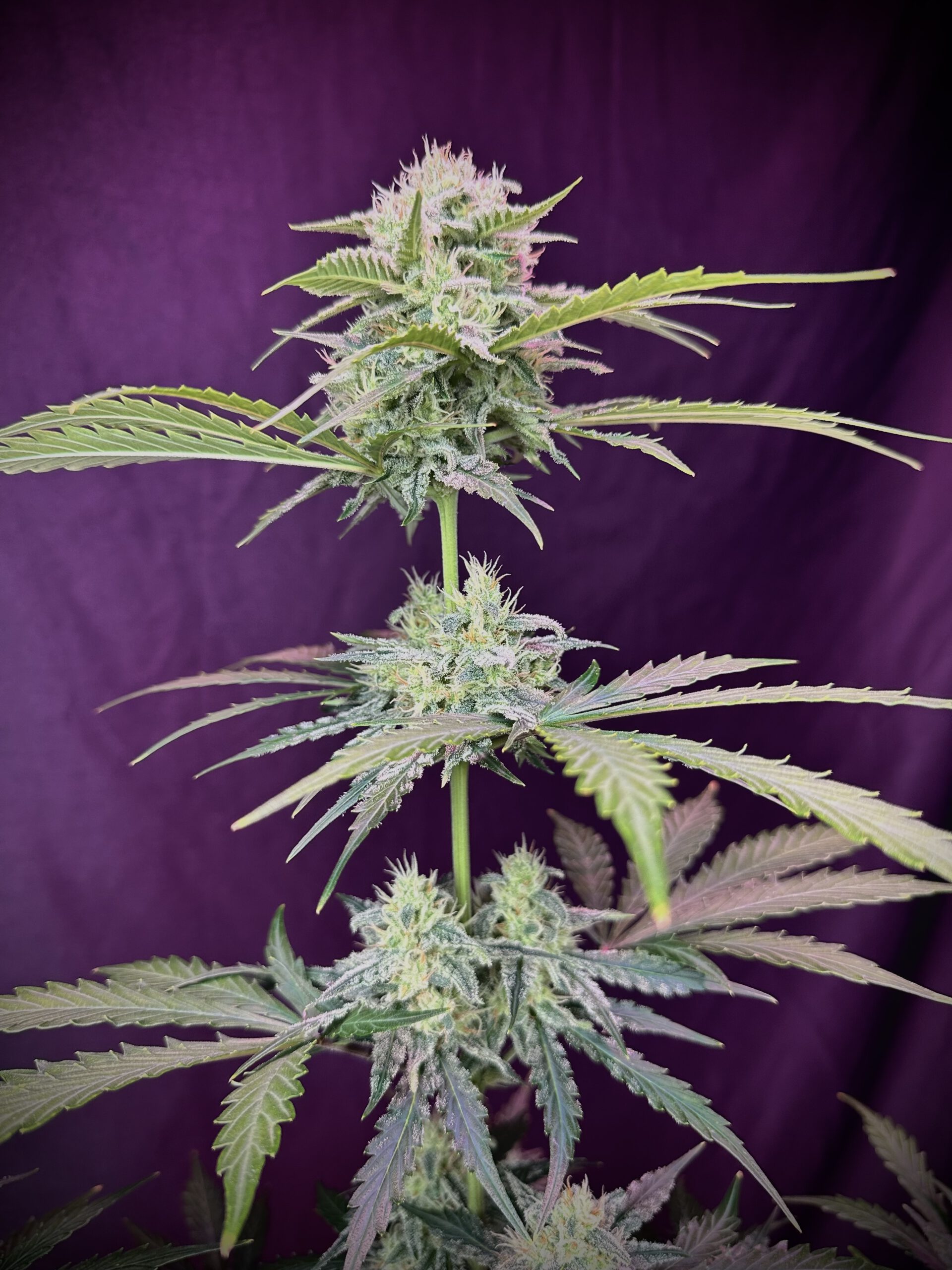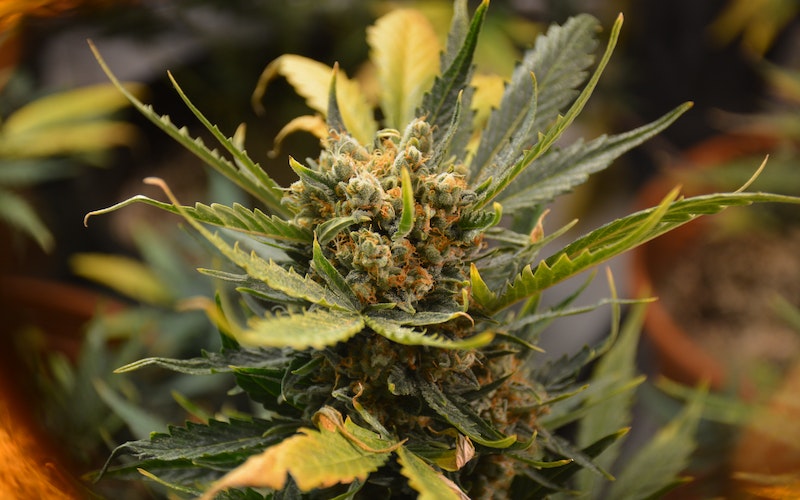Cannabis breeding has seen an impressive evolution over the last several decades. Back in the day, landrace varieties slowly spread around the world. Following the smuggling routes of the global cannabis flower trade, seed-laden product made its way across the globe. Fast forward to now, when advances in genetics have led to a cannabis arms race of breeders constantly starting new seeds and searching for the next big phenotype.
Autoflower varieties have come a long way since they were first discovered nearly a half-century ago. Unlike most traditional cannabis, which is photoperiod sensitive, autoflower strains do not rely on shifts in light to trigger flowering. Instead, they begin to flower based on time.
Most modern autoflowers are descendants of Cannabis ruderalis, a subspecies of cannabis that has been traced back to Central and Eastern Europe and Russia. The harsh and unpredictable climate forced native cannabis plants to be less dependent on regular lighting intervals to survive.
It’s worth noting that photoperiod cannabis can present as an autoflower — it’s not always about genetics. For example, if exposed to extreme temperature swings or a sudden loss of light, a photoperiod strain may flower under duress. After all, that’s how the C. ruderalis subspecies was thought to have evolved to its autoflower state in the first place.

While C. ruderalis was traditionally lower in THC and less desirable for consumers, advanced breeding practices allowed autoflowers to give photoperiods a run for their money. But how did autoflowers get to where they are today — and will they ever command the same recognition and respect in the marketplace as their photoperiod cousins?
The Evolution of Autoflowers
It is thought that modern autoflowers got their start during the cannabis genetics renaissance of the late 1970s and early 1980s. Canadian and Dutch breeders (specifically Nevil Schoenmakers, who emigrated to Holland from Australia) began experimenting with crossing C. ruderalis with indica and sativa varieties but with somewhat limited success. However, autoflower strains eventually became quite popular in the Netherlands.

“Autoflowers have been prominent in Holland for many years, but it took some time for them to reach the level of quality necessary for acceptance in the market,” said Harry Resin, a prominent cannabis cultivator and High Times author who spent two decades growing in Amsterdam.
“The unique nuances of the underground Dutch cannabis culture made autoflowers ideal for growers choosing to grow outdoor crops as they offered strains that would finish early September beating the Northern European early spring cold.”
Everything changed at the start of the new millennium when a breeder in the U.S. known as The Joint Doctor created an autoflower strain called Lowryder. This cross between Mexican C. ruderalis and Northern Lights (which coincidentally came from Nevil Schoenmakers’ Super Sativa Seed Club in the Netherlands) set the stage for the next generation of autoflowers. Despite its low potency and incredibly short stature of around 16 inches, the Lowryder strain piqued the interest of several prominent growers.
Eventually, The Joint Doctor and other noted genetics companies like Sensi Seeds, Paradise Seeds, and Dutch Passion perfected their autoflower breeding process. Several autoflower-specific brands emerged, such as Fast Buds and Mephisto Genetics, as demand for the varieties exploded thanks to their quick turnaround and relative ease of production. Autoflowers can take as little as seven weeks to reach maturity from seed, unheard of for photoperiod strains that typically take anywhere from 12-18 weeks.

“One of the things that intrigued me the most about autos was the life cycle,” Ryan Gageby said, (a.k.a. Freegrow8). Gageby, a craft cultivator and American Autoflower Cup winner, noted “70 to 80 days from seed is extremely fast for cannabis.” Gageby added that autoflowers have plenty of advantages, but that there are downsides as well.
The Pros and Cons of Autos
Fans of autoflowers appreciate the expedited growing season and the flexible lighting periods, but there are several other benefits. Autoflower strains tend to be short and stocky in stature, meaning growers can fit several plants in a small area. This makes them ideal for home growers and craft cultivators working with limited space. These varieties are also capable of withstanding the elements but as noted above, photoperiod strains may flower automatically if exposed to extreme swings in temperature or lighting schedule.
One of the drawbacks of smaller plants, of course, is smaller yields. And while they may not need a strict lighting schedule, they often need more light overall, which can be costly for indoor growers.

Autos can also only be grown from seed, making phenohunting an impossible dream. When growers find a particular strain they like, they have to hope that they can recreate success with other seeds from the same stock. “You can’t clone an autoflower, so if you find a keeper, there’s no way to keep it as a mother plant,” Gageby lamented.
Historically, autoflowers had lower levels of THC, but modern breeding techniques have seen that notion go up in smoke. “I’m most excited about the future of these genetics as there have been massive improvements in flavor profiles and potency,” Resin added. “This means for some outdoor cultivators, they can get a crop in before their full-term summer plants, giving them a way to improve their total yields and bottom line.”
A New Era of Quality
With the advent of legalization across the U.S., advances in cannabis genetics have gone into hyperdrive, and breeders have seen more and more autoflowers enter the space. In a market that sees potency as king, the ability of autoflowers to now match photoperiod strains in cannabinoid percentage has led to a renewed interest in the varieties.
At the recent American Autoflower Cup in Los Angeles, many of the top contenders were over 20% THC. Gageby’s entry, Strawberry Gorilla from Fast Buds, tested at just over 29% THC, and had the distinct honor of being the most potent in the competition.
“It was quite an accomplishment,” he said. Regarding the THC percentage, Gageby added, “I was quite blown away — very happy with the results.” When asked if autos would ever reach the same level as photoperiod cannabis strains, Gageby was skeptical.
However, he said that he hoped to flip the narrative once and for all. “Unfortunately, I’m not sure if autoflowers will ever get the respect they deserve,” he said. “But I’m here to change that.”
This article first appeared in Volume 5 Issue 1 of Cannabis & Tech Today. Read the full issue here.







